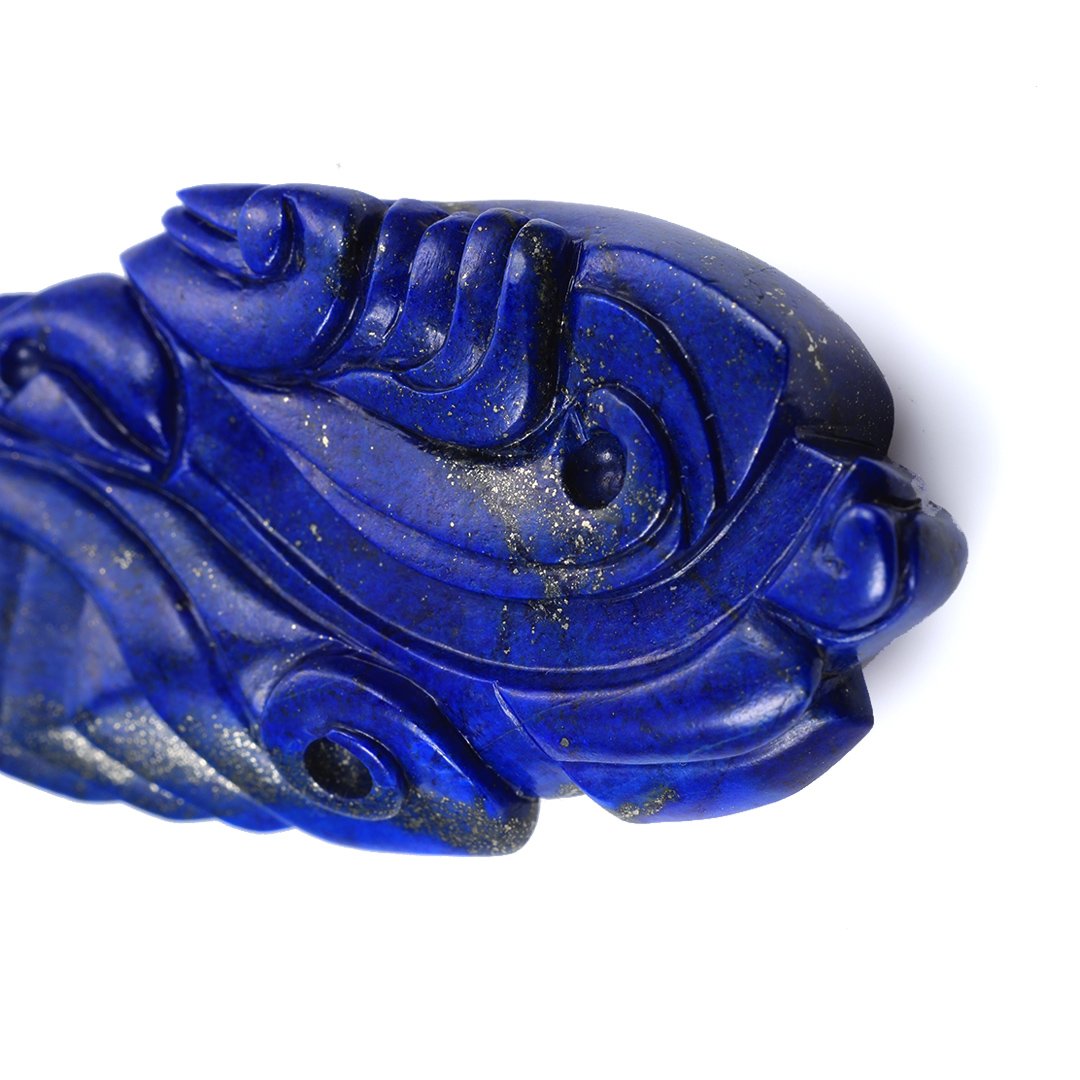Process of Gem Carving
Each piece is a hand carved miniature sculpture. They are unique and never to be repeated.
Even before I begin shaping a stone I must first have found it. Finding special pieces of rough raw stone that are suitable for carving is a challenge and often seeking out these natural wonders can be a journey in it’s own right. One doesn’t just snap their fingers and the right stone appears. Many are the times I have only found one or two stones out of hundreds that have just the right combination of colours, shape, structural soundness and possibility. These pieces are the diametric opposite of today’s seemingly endless tsunami of fast-paced mass-produced items.
I carefully assess each raw stone noting its particular characteristics, shape and inherent beauty. This is a time of getting to know a stone and its spirit. Some stones I know very quickly what I will do, with others it can take years. As I study the stone I take note of what areas and orientation are particularly attractive and what parts I will want to remove. Every stone has its own unique appeal and combination of shape, colour, size, feel and other subtle attributes.
The aim of the gem carver is to retain as much of the stone as possible and to select a subject and shape that best suits it. Over time a sort of mental matchmaking happens between my inventory of rough raw stones and various inspirations. Often I will look at a stone and for some reason think, perhaps because of its relative thinness and profile that it would be perfect for leaves, such as in my carving of Five Ginkgo Leaves or in another piece of raw stone I may see koi carp leaping up a waterfall.
Taking an abstract idea or story motif and trying to portray it via the medium of a stone requires a certain distillation of essence and the patience to allow the idea time to properly coalesce. I have found that Chinese and Japanese artisans are especially skilled at doing this and you only have to look at their sublime gem carvings and other crafts such as netsuke and lacquer work to get a sense of their astonishing ability to capture a scene and convey so much meaning.
Once I am sure of the subject and approach I want to take I begin the shaping. I trim and grind off the rough material removing flaws, feeling the flow and gradually allowing the stone to reveal itself. It is a slow and steady process and there are times I start off with one objective in mind only to find myself changing course midway through when I suddenly see something that I hadn’t before - a feature or internal reflection, the way colour pools in a particular part of the stone or notice an unexpected profile beginning to appear.
This is a time of discovery and surprise. It is an immensely satisfying process.
Eventually the shaping and smoothing is finished and the form revealed. Now comes the long and exacting stage of polishing the stone to complete its progression towards becoming a gem. Depending on each piece I will decide whether to apply a frosted satin finish or take it all the way through to a fully, highly polished one.
Polishing one of these miniature sculptures involves painstakingly stepping through what I call the grits. Various grades of diamond particles are used, from course 360 grit up to very very fine 14,000 grit or even 100,000 grit in some cases. Normally there are five or six grit steps and every scratch, groove and mark from the preceding grit has to be removed before progressing onto the next. This has the effect of making the surface smoother and ever more polished.
This can be hand-cramping, eye-straining work but there are no shortcuts and it demands focused concentration and consistent attention to detail. Working with gemstones through cutting, carving and sculpting them is a subtractive art - once you remove something you can’t put it back on or go back and make a different decision. It’s a one-way street so slow and steady is the way.
If you’ve done everything to the best of your ability, hopefully at the end of the day when you’ve finished, the result is something beautiful and pleasing to the eyes and senses and most importantly pays respect to the stone.






